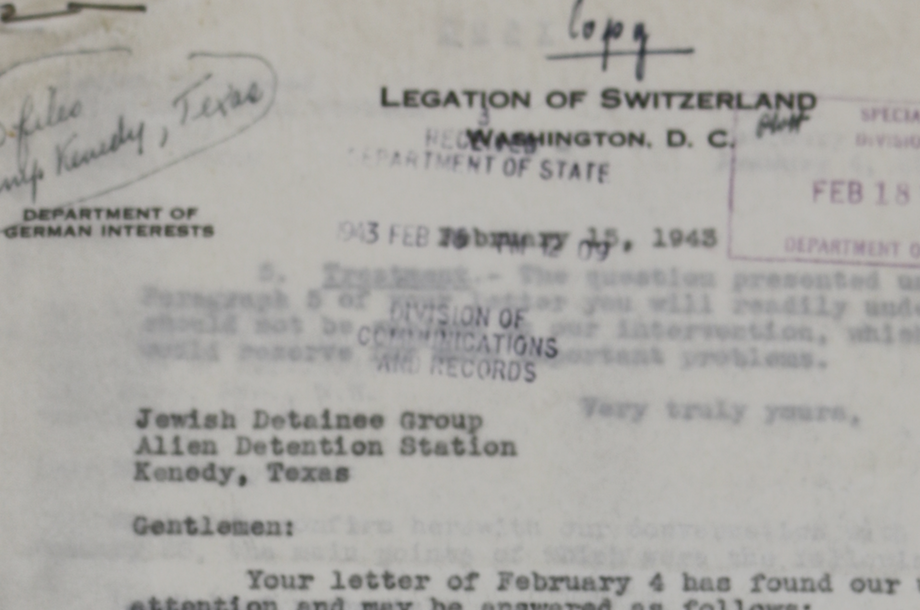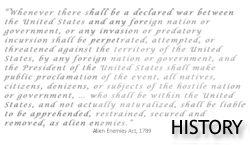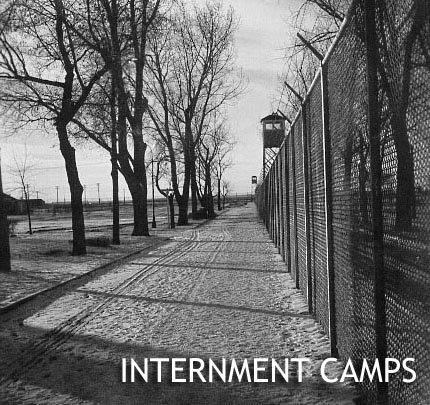About Us
The German American Internee Coalition (“GAIC”) was formed in 2005 by and for German American and Latin American citizens and legal residents who were interned by the United States during World War II. We are former internees, or their families and friends. We come from all walks of life and from countries around the world. We would like you to know our story. GAIC is a nonprofit corporation registered with the New Hampshire Department of Charitable Trusts.
Our Mission Statement & Goals
GAIC is dedicated to making public the little known United States World War II policies that led to internment, repatriation and exchange of civilians of German ethnicity, both in the United States and Latin America.
- We will educate the general public about the U.S. government’s detention and internment of over 11,000 German American and Latin American citizens and residents during World War II.
- We will reach out to former internees, their families and supporters. We will gather their stories, share information, and support their efforts to make their stories known.
- We will seek full U.S. government review and acknowledgment of the civil rights violations endured by the German American and Latin American communities.
- We will work collaboratively with other internee groups who have similar purposes. As we work toward these goals, we also hope that our efforts result in better protection of the civil liberties of future vulnerable ethnic groups.
In February 2017 we became concerned by the then President and his administration’s actions regarding immigrants. Our concerns have deepened. On March 15, 2025, President Trump invoked the Alien Enemies Act of 1798, stating that an “invasion” by a Venezuelan gang made it necessary. This allowed the administration to treat some immigrants as alien enemies, stripping them of their rights, rounding them up and deporting them to El Salvador. The Alien Enemies Act, designed for wartime use against foreign adversaries, has no place in modern immigration policy. It is time for it’s repeal. Read our statement of condemnation.
What’s New?
New information about Camp Kenedy, Texas Internment Camp
Thanks to Martin Huwart, who contacted GAIC about finding records of his great-uncle, interned in the U.S. from Haiti. He, with the help of independent researcher Satu Haase-Webb, found and shared with us a number of documents and photographs about Camp Kenedy, Texas,...
2016 Immigration law lecture features author of “The Train to Crystal City”
October 18, 2016—Author Jan Jarboe Russell, whose work "The Train to Crystal City" was selected as the 2016 Gulf Coast Reads featured book, discusses the Enemy Alien Control Program of WW II, the arrests of people from the U.S. and Latin America, the World War II...
Lists of Names
Website visitors searching for more information about the U.S. internment programs of WW II will be interested in our numerous lists of internees, especially it they are wondering whether their family members were interned and if so, where. Besides offering help...
Were Jews interned by the U.S.?
Yes. In a Feb 1943 letter exchange between Jewish internees being held at Camp Kenedy, Texas and W. Bruppacher, Department of German Interests, Legation of Switzerland, charged with camp inspection and oversight of internees of German ethnicity, they express concerns...
Ft. Meade guard tower. Image from sketch by German internee Paul Lameyer, courtesy of his grandson, Randy Houser.




